Transport and Main Roads fence on M1 at Yatala, Gold Coast, to combat ibis nesting site chaos
The state government has taken action near an out-of-control ibis nesting site causing M1 chaos. Find out the solution
Gold Coast
Don't miss out on the headlines from Gold Coast. Followed categories will be added to My News.
The state government has been installing a new fence near a massive ibis nesting site on a Gold Coast stretch of the M1 to protect drivers and the much-maligned “bin chickens”.
It’s hoped the structure will not be used as a roost by the birds, as has occurred with similar fencing along the motorway.
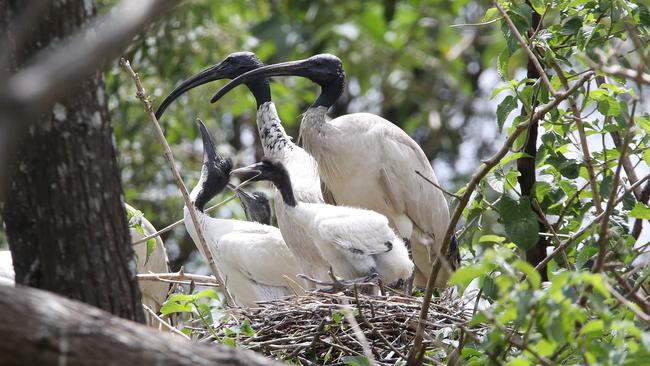
Motorists have been complaining about the flock of ibis causing chaos on the Yatala section of the Pacific Motorway – Queensland’s busiest road, which is travelled by more than 210,000 vehicles on its most hectic days.
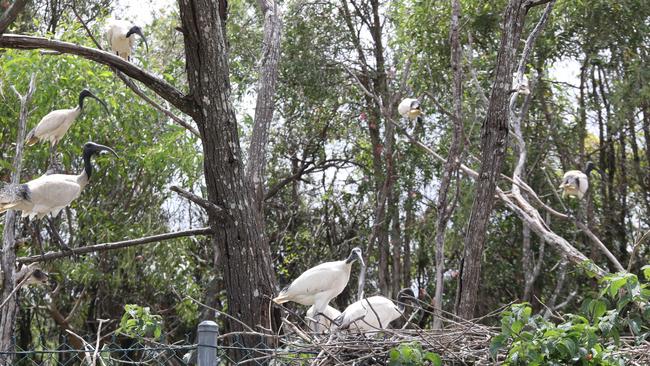
Motorists across Gold Coast social media pages have reported having their vehicles struck by the birds as they drive on the M1, or of seeing dead ibis scattered over the road.
Department of Transport and Main (TMR) Roads south coast regional director Andrew Wheeler told media outlets the government expected the 700m long, 3.5 metre high fence would deter the ibis from swarming the motorway.
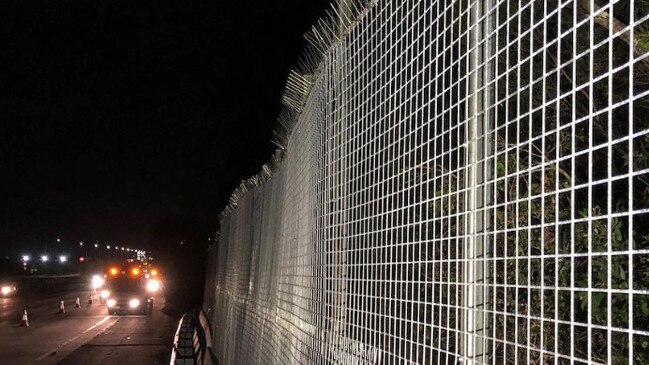
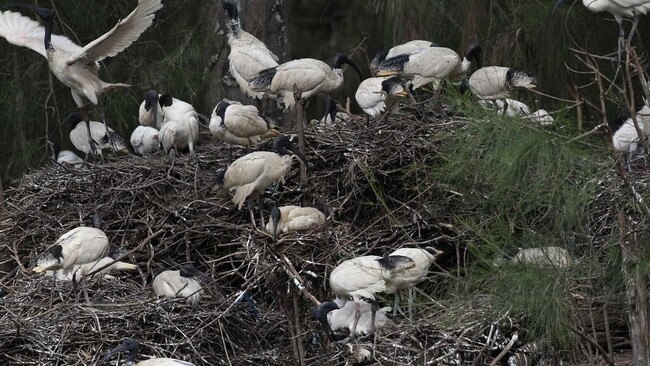
Eggs and nests are also expected to be relocated and vegetation may be removed in coming weeks, despite the Australian white ibis’ protected status under the Nature Conservation Act.
“I am pleased to say over the last few nights we have been continuing installing our concrete barriers along the northbound and southbound sections at exit 38 in Yatala,” Mr Wheeler said.

“As of last night (Monday) we have started putting in some fencing, on top of these barriers.”
Mr Wheeler said the colony around exit 38 was “probably one of the largest that I have seen”.
He said there had been near misses and “potentially some occasions where the ibis have unfortunately come into contact with the vehicles”.
It’s expected the fence will change the ibis colony’s flight trajectory, according to Mr Wheeler.
“We are looking to prevent them having that lower flight trajectory,” he said.
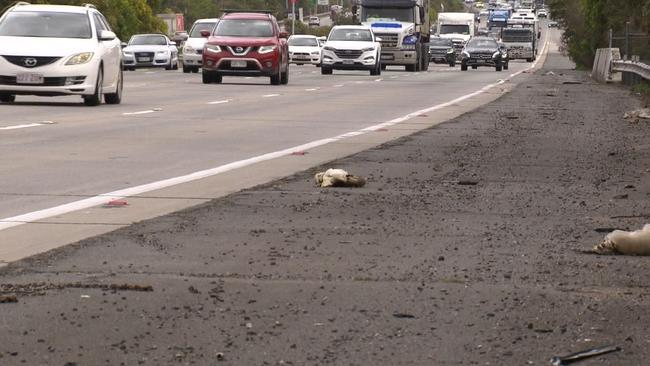
“It also provides us an opportunity to get in and carry out some of the management plans and strategies that we’ve got with the ibis colonies behind those barriers.”
Mr Wheeler said TMR worked to balance the operational safety of the M1 with protection of the ibis, but safety was considered “the number one priority”.
Ibis are commonly seen in Australian suburbs – often rifling through rubbish bins, resulting in the moniker of “bin chicken”.
The resourceful natives were once a rare sight in built up areas on the east coast, but their numbers have boomed in recent decades.





